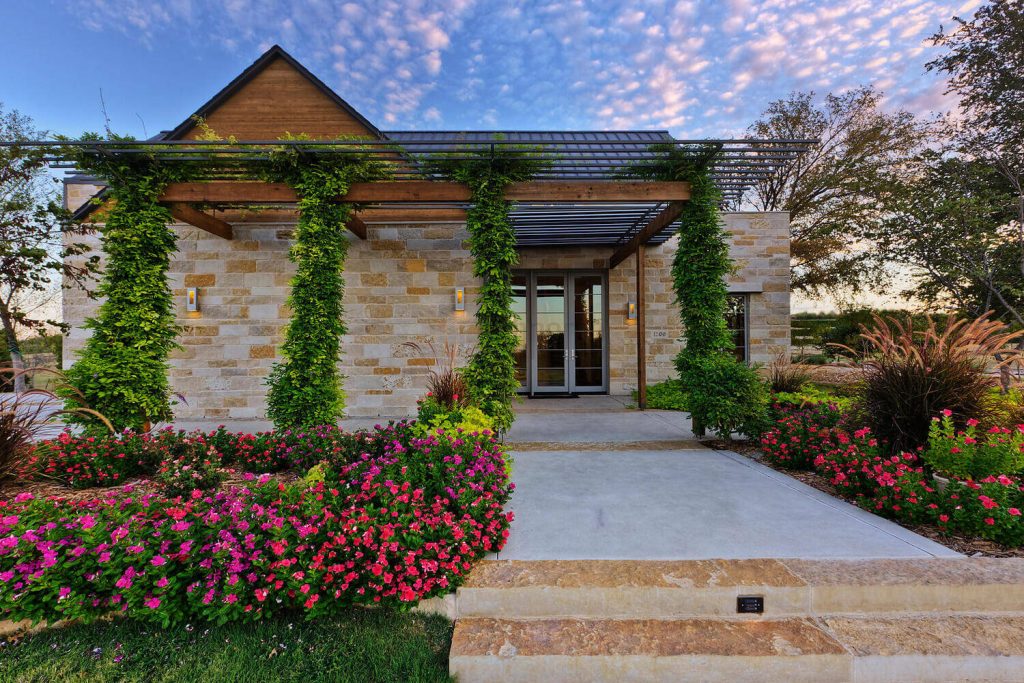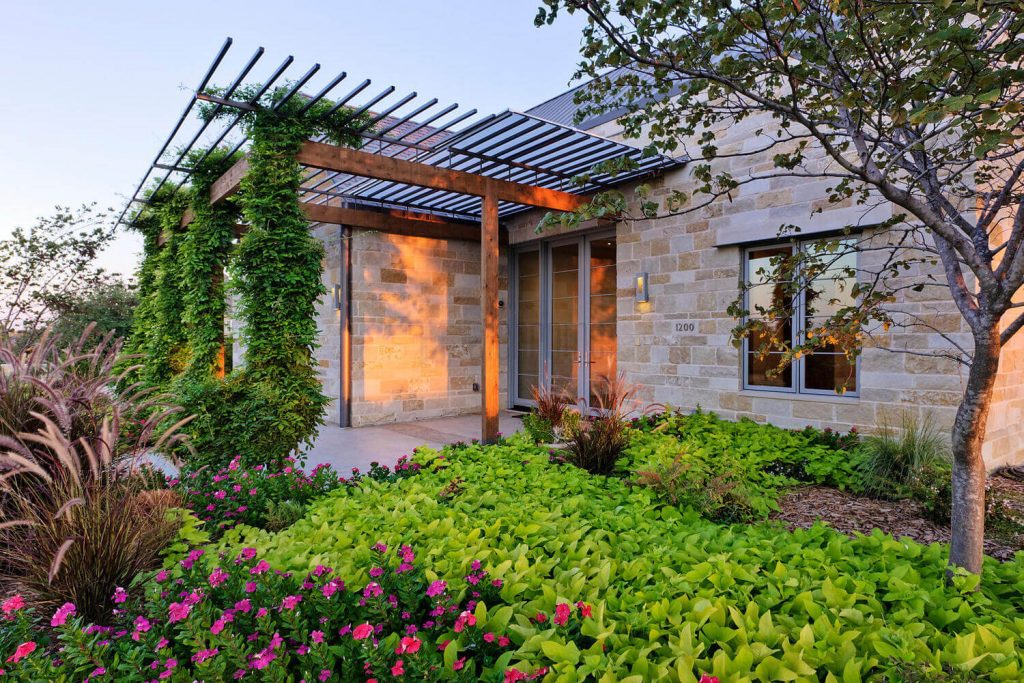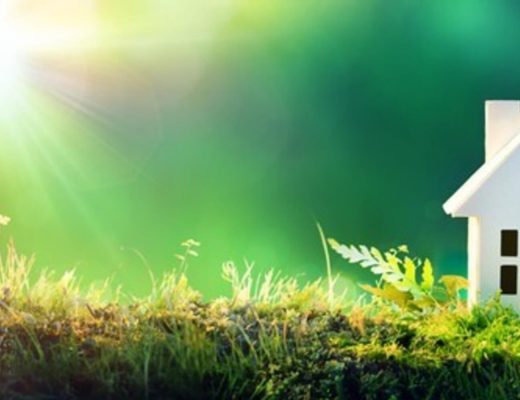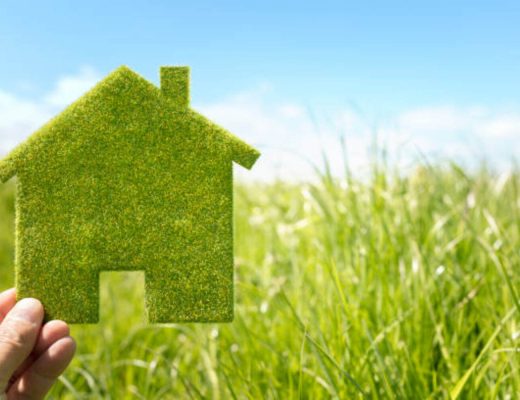What does it mean to have a LEED-certified house? Many things, actually. The acronym LEED, which stands for Leadership in Energy and Environmental Design, implies that a house was built using environmental-friendly practices. What benefits can you get from having your home built under LEED standards? Plenty. One of them is less energy and water consumption, saving you money in the long run. Other advantages include improved indoor air quality, reduced stormwater runoff, and enhanced community image. But that’s just the tip of the iceberg. In this blog post, you’re going to learn everything there is to know about LEED-certified homes.
A Short History on LEED
With global warming and climate change threatening the planet, humans had to do something. So the concept of LEED was introduced by the USGBC (United States Green Building Council in the 1990s in an effort to reduce both energy and water consumption and create healthier and safer living conditions for everyone. LEED revolves around the idea of putting up definite criteria and standards for building structures that will have minimal detrimental effects on the environment.
The LEED Building Areas
The latest version of LEED has raised the bar for its four main categories. Each one contains a specific set of criteria that needs to be met before qualifying for any level of certification. The categories include:
- Building Design and Construction: Strong focus on sustainable development, mitigation of greenhouse gases, reduction in construction waste materials.
- Interior Design and Construction: Tackles energy-efficient features, water use reduction, and reduction in indoor air pollutants.
- Operations and Maintenance: Addresses the resource consumption of operating systems and the use of recycled materials and recycling programs.
- Residential: Involved with the certification process for residential projects to help maintain safe, pollution-free, and energy-efficient neighborhoods.
These areas are further broken down into four certification levels, including Certified: 49 points, Silver: 50 – 59 points, Gold: 60 – 79 points, and Platinum: 80+ points. The more LEED standard the home has ticked off, the more points will be awarded.
The LEED Certification Credit Categories
Homes applying for LEED certification are awarded points according to how the building was built in compliance with these categories:
- Materials and resources: Using environment-friendly materials while producing as little waste as possible in the process.
- Energy: Using alternative energy sources, such as solar power or proving the building’s power consumption can be sustained by renewable sources.
- Indoor environmental quality: Creating healthy interiors, including using low-emitting paints, furniture made from recycled material, and good ventilation to increase indoor air quality.
- Water efficiency: Installing water-efficient fixtures and appliances, as well as maintaining the building’s water quality.
- Sustainable Sites: Using native plants for landscaping and incorporating energy-efficient features in the overall design.
- Innovation: Any new concept not limited to the categories above.
The Benefits of a LEED Certified Home
Alright. So LEED is the trend nowadays. But for what reasons should you get your certification exactly? For starters, a LEED-certified home is going to have lower utility bills. That’s because it uses up less energy and water, as mentioned earlier. Other benefits include:
- Reduced carbon footprint: With the necessities of heating, cooling, and lighting all taken care of by a LEED-certified home, you’re contributing to the survival of the Earth for future generations.
- Fresh Air: LEED homes are specifically built to have proper ventilation. This means you will be able to breathe clean, healthy air, instead of polluted fumes from automobiles and other sources.
- Increased resale value: Real estate experts say that energy-efficient homes racked up a higher value than their non-certified counterparts. This is because they’re built to last while improving quality of life, which many people are willing to pay for.
- Increased Savings: With the money you save on bills, you could invest in a better future. You can even use the extra money to support environmental campaigns.
- Less stress: Thanks to the healthier environment and reduced bills, you can enjoy life to the fullest and ultimately increase your productivity.
LEED Certification Process
Getting your home LEED-certified is a process that requires patience. However, keep in mind that it’s all going to be worth it in the end. Here’s a step-by-step guide on how you can get yours certified:
- Register your project at LEED Online and choose the LEED for Homes category.
- Meet with the verification team onsite.
- Determine the specific goals you want your home/building to achieve and what LEED point categories you’ll want to earn. Make sure these are measurable so that when it comes time to track whether or not they’ve been achieved.
- Fill out your documentation and get your project reviewed by a professional LEED rater.
- Wait for the Green Business Certification INC to review your application. It usually takes them 25 – 30 business days before getting back to you. They will assign your certification according to the target categories your building has met.
- Once you’ve been certified, make sure to hang on to your documentation and all the paperwork. This is important in case any of this information ever needs to be referenced again.
- And done! Congratulations!

The Bottom Line
LEED homes are the trend for a reason. It might seem like a load of hassle and paperwork at first, but it’s actually for the good of your home and family. Be sure to contact the right people when constructing your home for the first time to avoid any regrets. Best of luck!



